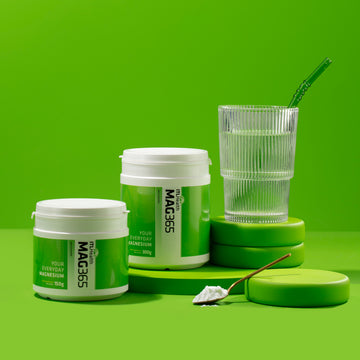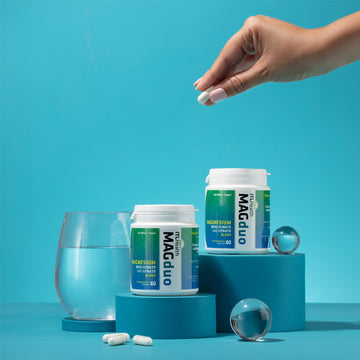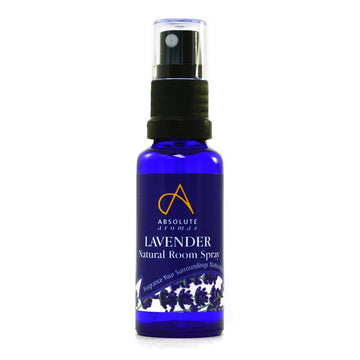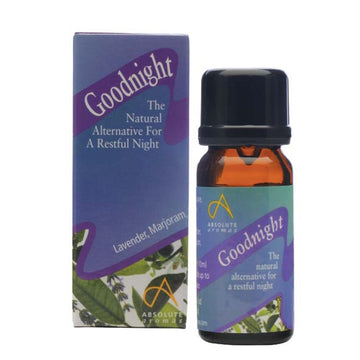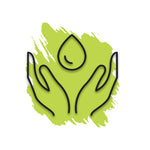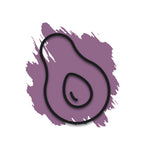With the days shortening and the weather growing chilly, winter is once again just around the corner. Many enjoy this festive and cosy time of year but for others it can herald the onset of a recurrent and difficult mood disorder; Seasonal Affective Disorder (SAD). So what is Seasonal Affective Disorder and what can you do about it? Here are some tips for dealing with Seasonal Affective Disorder (SAD).
What is Seasonal Affective Disorder (SAD)?
Seasonal Affective Disorder (SAD) is a common condition of varying severity. It is more common in younger people and women and approximately 7% of people in Ireland may suffer from its’ symptoms at some stage. It is most frequent the further away from the equator you travel and in the northern hemisphere. Symptoms usually emerge in the months between September and March.
It is postulated that during the darker months of the year the levels of brain chemicals which can affect our mood, such as melatonin and serotonin, may be changed by the amount of light falling on the back of the eye which stimulates nerves in the brain. Altered or low levels of these chemical messengers may lead to symptoms of low mood.
Symptoms of SAD
Unlike depression, where loss of appetite, weight loss and early morning wakening are typical, people suffering from SAD can exhibit increased appetite especially for starchy foods, weight gain and difficulty getting up in mornings. This will often be the first sign of a problem, commencing in late autumn.
The more classic symptoms of depression - low mood and loss of interest in things previously enjoyed then usually occur. Social withdrawal may develop at the peak of symptoms typically in December, January or February. Symptoms can improve rapidly, over a couple of weeks, with the onset of Spring and longer daylight hours.
Tips for Dealing with Seasonal Affective Disorder (SAD)
Is there treatment available for SAD? Thankfully, there are a number of things that can help you fight and cope with SAD. Here are some tips for dealing with Seasonal Affective Disorder from light therapy to CBT.
Light Therapy
Light box treatment works for many. This involves sitting in front of a special light box, with brighter than normal bulbs, for up to 1-3 hours per day. This can be done while eating or working. A light box must be a reputable brand and must not emit UV light. UV light is the component of sunlight that causes sun burn/ skin cancer. Sunbeds should NEVER be used as a treatment for SAD.
Light therapy works within weeks for many but needs to be kept up then to ensure sustained improvement until the change of seasons.
Talking therapy
If you are dealing with Seasaonal Affective Disorder (SAD), as with other forms of depression, talking therapy can help. Talking therapy such as cognitive behavioural therapy (CBT) has been shown to improve symptoms in SAD.
Antidepressants
Thankfully, antidepressants are not required as a first line therapy for most people suffering from SAD. However, at the extreme end of symptoms, SAD can be treated successfully with antidepressants under the guidance of a doctor. For some Seasonal Affective Disorder can co-exist with other mental health disorders. As a first step, if you are concerned about your own or a loved one’s mental health, please consult your medical professional for advice.
Natural Remedies
Thankfully SAD, although relatively common, is a very treatable condition. And for all the rest of us, for whom short days and bad weather can dampen the spirits, if even temporarily, there are some simple things that can help.
Remember that good company, exercise and a balanced diet goes a long way towards dealing with Seasonal Affective Disorder (SAD) for some and banishing those winter blues. A warm, waterproof jacket and an enthusiastic friend may be all you need to make the most of the little daylight there is once the clocks change.
If you're after some more natural ways to tackle Seasonal Affective Disorder (SAD), we've got some great advice and remedies to help you keep well this winter.
Please note, this blog is for informational purposes only and should not replace medical advice.
It’s always best to consult your doctor before taking any new supplements, treatments or remedies if you are pregnant, breastfeeding or on medication.
Are you looking for more information on SAD? Then read our blog 'Natural Remedies for Seasonal Affective Disorder (SAD)'.
Checked and updated: 2 August 2021





